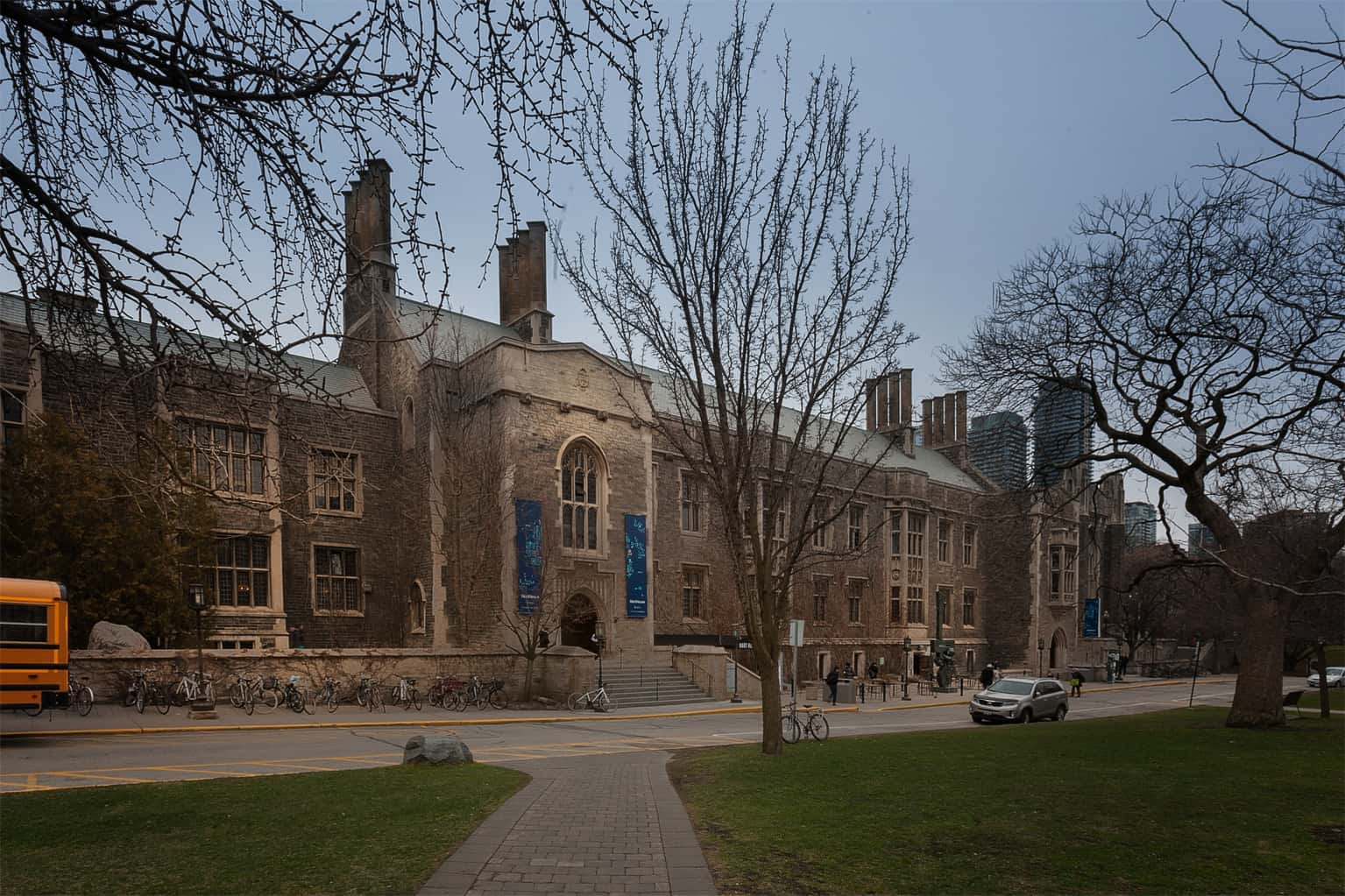[dropcap]W[/dropcap]hen new executive teams take over at the end of each academic year, most find themselves peering into half-empty bank accounts and are forced to start scrambling for money in July and August to budget for events during the school year. Every September, when I return to my work-study position with the Hart House Good Ideas Fund, I find myself swimming in dozens of funding applications that were submitted over the summer.
The University of Toronto is as invested in student life as it is in academic success. Co-curricular initiatives are the bread and butter of every faculty. Students are encouraged to seek out safe spaces where they can plan and execute events, projects, panels, workshops, and conferences. Numerous organizations, including the Good Ideas Fund (GIF), the Student Initiative Fund (SIF), and the University of Toronto Students’ Union (UTSU), exist to help financially support student groups in their efforts to put on a great event.
More often than not, these student initiatives hinge entirely on the success of their applications for these funds. While these opportunities for financial aid are generously provided by the university, they are not meant to be the only source of revenue for student groups, especially since financial support needs to be distributed among many different applicants. Campus funds are the means to an end and should not replace the work that it requires to finance a group or event.
This means that the success of a student group’s initiative does not end with grant-writing. The funding process follows a chain of networking, connecting, and collaborating across the tri-campus community. By solely turning to GIF, SIF, and UTSU, student groups overlook fantastic funding collaborators around them — other student groups.
[pullquote]If only well-funded groups were able to afford to be creative, that would be a dire implication for diversity and inclusion. [/pullquote]
Groups are funding sources in and of themselves and partnering wisely has extraordinary benefits: being able to pool financial resources, share networking contacts, relay sponsors, and execute an event with multiplied attendance. Collaborating groups go beyond simply signing each other’s cheques. The most rewarding aspect of collaborating with both groups and funds is achieving the common goal of enhancing student life.
The best way to approach another campus group for a collaboration is with well-formulated ideas and realistic budgets, even if they are only preliminary. If making a convincing pitch proves to be challenging, consider looking at fund application forms; these questions are designed to be thought-provoking and to push students to think beyond the parameters of the conventional ‘elevator pitch.’
“Having to convey the purpose and objectives of your organization is a useful exercise,” notes an applicant from the Migration and Policy Coalition. “We learned how to draft a budget for events, to find new avenues for funding beyond our standard budget, and effectively express our objectives to funding groups,” says another applicant from the Association of Political Science Students.
A successful GIF applicant from the student group Exercise is Medicine concludes that effective funding lends itself to “coordinating the help of others, renting the space, making a budget, and then using the collective sum of these plans to apply for funding.”
Applying to U of T funds should be the last step in the financing process. If a gap still remains in a budget, financial resources on campus will gladly cover it. These organizations exist so that student groups with innovative ideas do not have to struggle to support a co-curricular experience and opportunities. If only well-funded groups were able to afford to be creative, that would be a dire implication for diversity and inclusion.
For groups that need the extra help, GIF uniquely reviews applications on a monthly basis, while SIF, UTSU, and smaller college-based funds (like at Victoria or Woodsworth) convene each semester. Operating on a much smaller annual budget than its sister funds, GIF partners with student groups that demonstrate strong collaborative partnerships, financial need, and, most importantly, have uniquely innovative event proposals.
Mara Raposo is a fourth-year student at Victoria College studying women and gender studies. She has chaired and interned with Hart House’s Good Ideas Fund for two years, as its only non-voting member.


